Damascus puts out a call for tourists while war continues in Syria’s north
As Syria enters the ninth year of a civil war, locals in the capital of Damascus are desperate for tourists to return. But is the road to Damascus really one that should be travelled now?

World
Don't miss out on the headlines from World. Followed categories will be added to My News.
Their country is in the ninth year of a civil war, half the population has been displaced, and 500,000 people are dead.
But in the capital city of Damascus, Syrian locals are desperate for tourists to come back and revive the country’s economy.
Syria and its UNESCO-listed capital were once must-see destinations for tourists travelling through the Middle East, who were drawn by vibrant street markets, beautiful, stark landscapes, ancient ruins and architecturally important mosques and churches.
Now, half of Syria is destroyed, and the areas that escaped the conflict are on their knees, crippled by international sanctions against the regime of President Bashar al-Assad, and devoid of the tourists that once brought in valued business from outside.
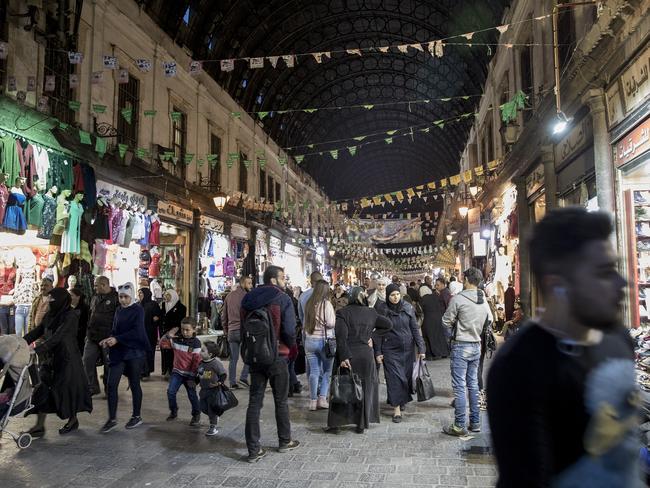
Many countries including Australia warn its citizens not to go to Syria, citing security concerns such as kidnappings, terrorism and the risk of being caught in conflict.
Yet Damascus is now stable and catering for adventurous tourists, with its restaurants and hotels open, and tourists drinking in the bars in the Christian quarter in the Old City.
Mohammed Emad has been selling an eye-watering concoction of brown beans and lemon juice for more than 10 years outside the stunning Great Mosque of Damascus in the Old City.
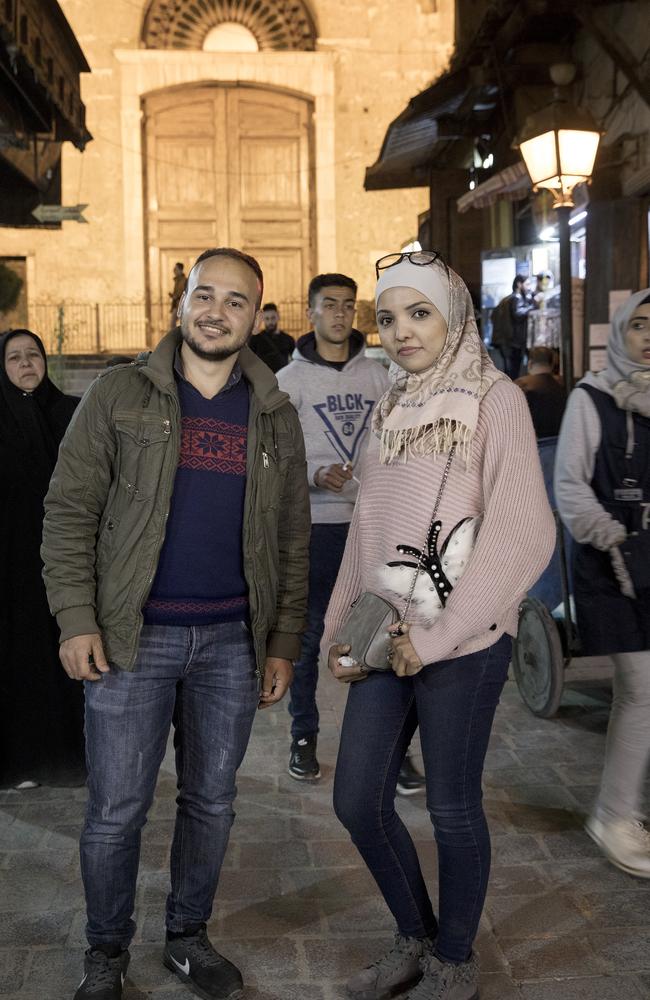
He’s seen the good times, before the war, and watched the Old City become a ghost town after the war erupted in 2011.
While just a few non-government organisation workers and religious pilgrims still came to the Old City and sprawling Al-Hamidiyah souk through the war, he’s noticed tourists starting to trickle back this year.
“Business is better now,’’ he said.
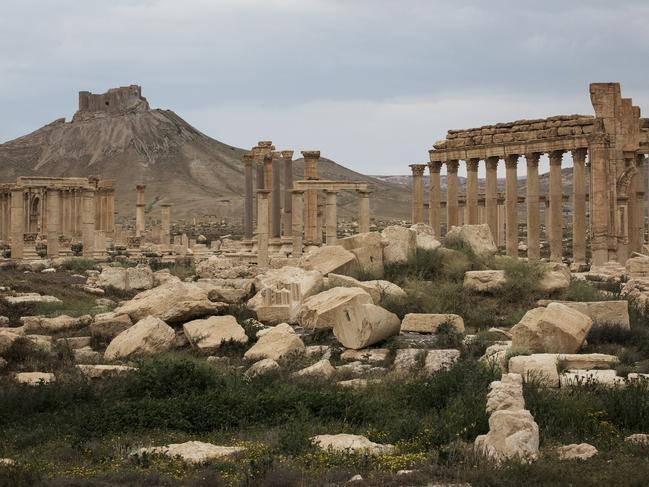
Mr Emad believes people think Damascus is too dangerous to visit, but points to the families eating ice-cream, the old men drinking tea on stools in the street and the women browsing for wedding dresses in the souk as proof life is returning to normal in Damascus.
“This is the real thing, the Old City, not what you see on the television news,’’ he said.
“The tourists, they are coming to Syria. In the Old City there is a lot of bliss.
“But it is not like before. Then, people from 100 countries would come to see our city.’’
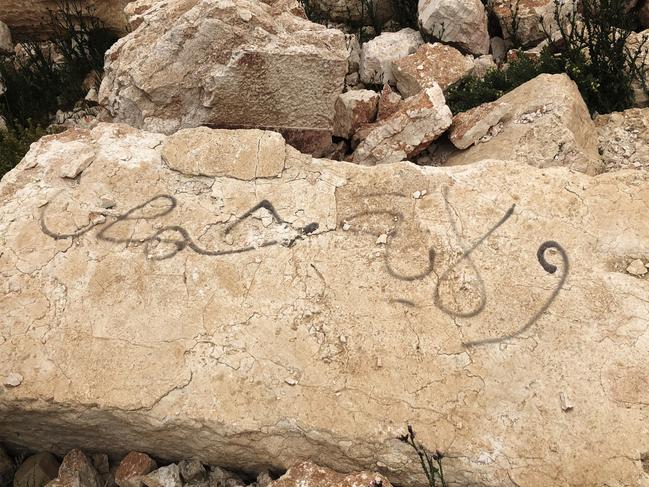
But is it desireable, or even ethical, to visit Damascus and support the country’s economy, given the bloodshed of the past eight years?
Just 15km and 20 minutes’ drive away from the Damascus Old City is Eastern Ghouta, a once rebel-held area pummelled to pieces by the Syrian regime.
A devastating chemical weapons attack here in 2013 killed or injured thousands of people. While the death toll has always been hard to pin down, a US government assessment said 1429 people had been killed, including 426 children.

Aid group Medicins Sans Frontieres said at least 3600 people had turned up at hospitals with “neurotoxic symptoms”.
Six years later, Ghouta is still in ruins, its houses and infrastructure destroyed and its people living in desperate poverty in the ruins.
In Homs, Deir ez Zor, Aleppo and Idlib, similar scenes are being played out across the country.
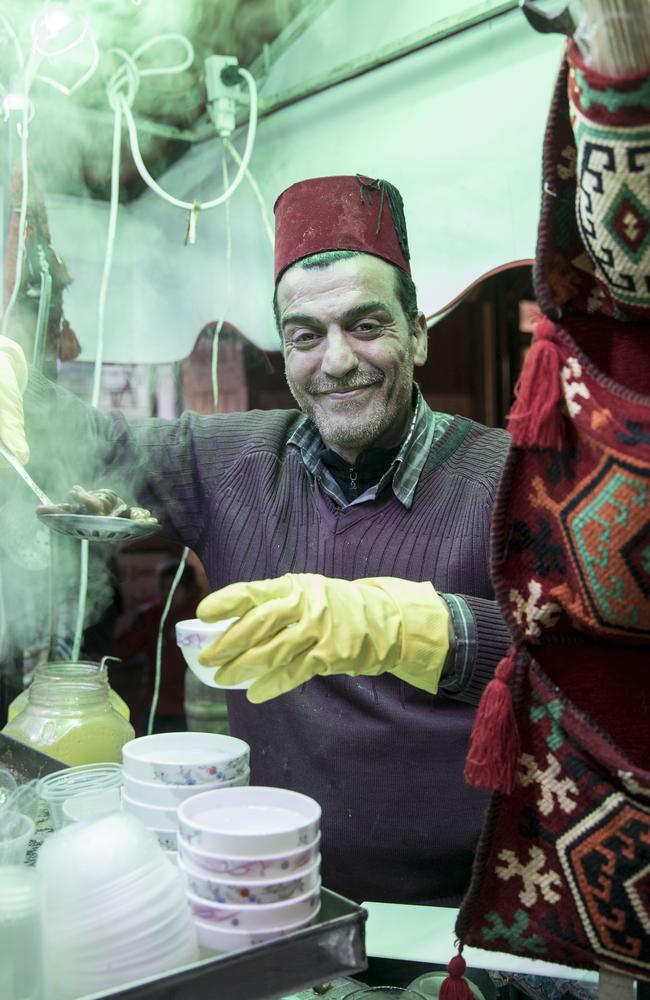
The ancient Roman ruins of Palmyra in central eastern Syria, blown up by Islamic State, remain closed to the public, and Russian military helicopters buzz the highway nearby.
So while small traders are desperate for a tourist-led revival, is the road to Damascus really one that should be travelled now, while the war continues in Syria’s north?
Mike Robinson from the University of Birmingham’s Ironbridge International Institute for Cultural Heritage, said even areas that had avoided the conflict such as Tartus and Latakia had been badly affected by the war.
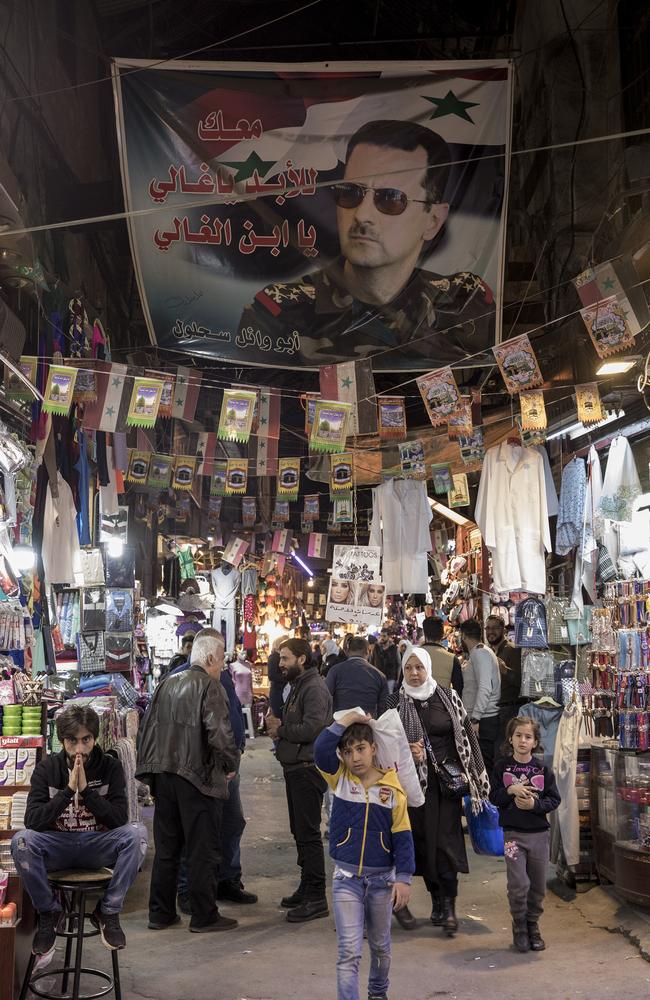
“The Old City of Damascus itself fortunately has escaped some of the fighting and so that has
remained relatively intact,” he told News Corp Australia.
“Damascus was obviously a key draw, not just for western tourists.
“If you look at the profile of people coming before the conflict, lots of Iranians would come for the shrine and shopping.
“There’s the sort of physical on-the-ground structures that would support tourism but I think what will take longer is the perception that it’s a safe place to go.”
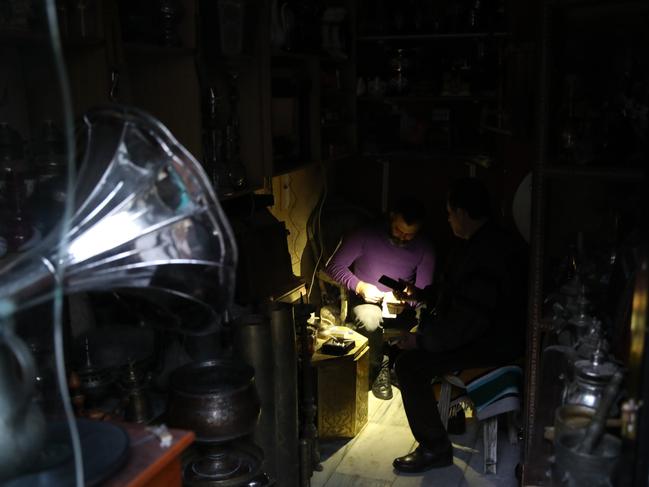
Professor Robinson said tourism could help build economies quickly.
But he said there was always a time lag between conflicts ending and travel warnings changing.
“We saw it in Lebanon; we saw it in other places around the world,” he said.
“If you see it from the perspective of foreign officers, they have to be cautious about these things.
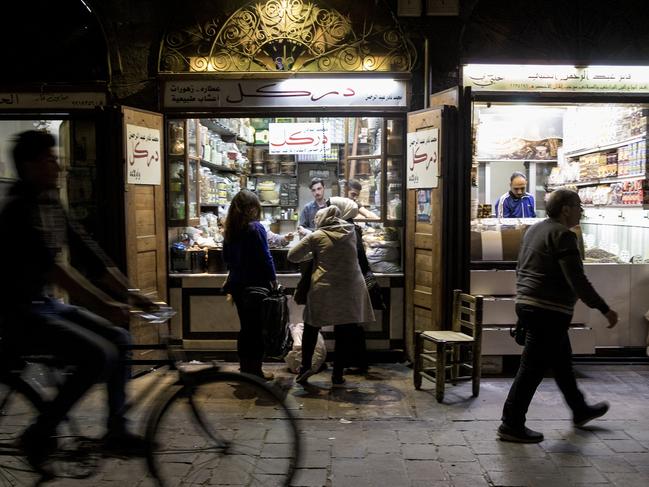
“That’s why we have foreign officers and travel advisory services”
“If you really wanted to go and you wanted to take any risk, then you’re basically down to, ‘can you get insurance to do that’?’”
Prof Robinson said there was also the “dark side of tourism’’ to consider.
“You will get people who want to look at the devastation in Aleppo,” he said.
“It’s partly human curiosity in a sense.
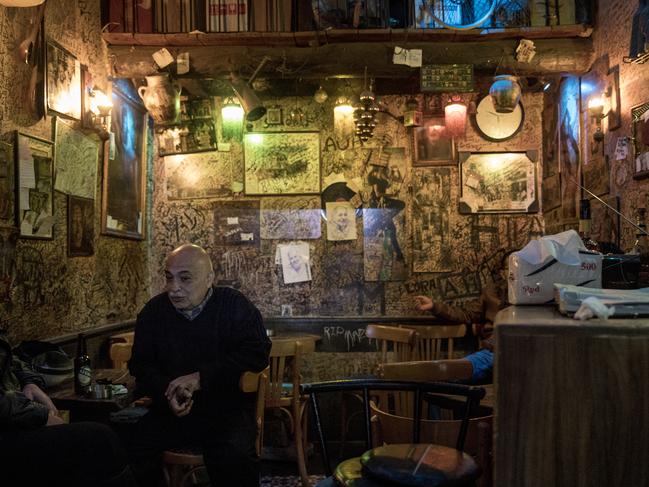
“I was in Aleppo when they just finished the regeneration plan of the old city and all I’ve seen since is some horrendous images of the places I used to know very well.
“Part of me thinks ‘I would like to see what’s there just out of curiosity’.
“For me, it’s about human nature and it’s about the dark side of our nature and the inquisitive
nature we have about these things.”
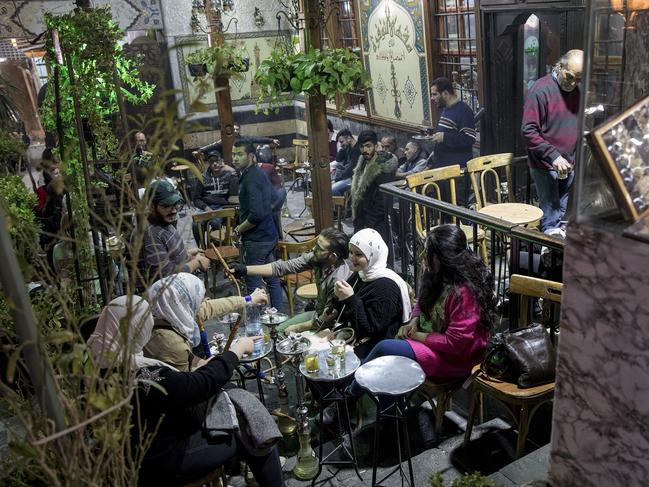
University of Damascus students Abdalrahman Edrees, 24, and Fadia Haje, 20, were enjoying the Old City when News Corp Australia visited, and said things had “settled down.’’
“I wish you would tell everyone Damascus is safe,’’ Mr Edrees said.
“It is very good here.’’
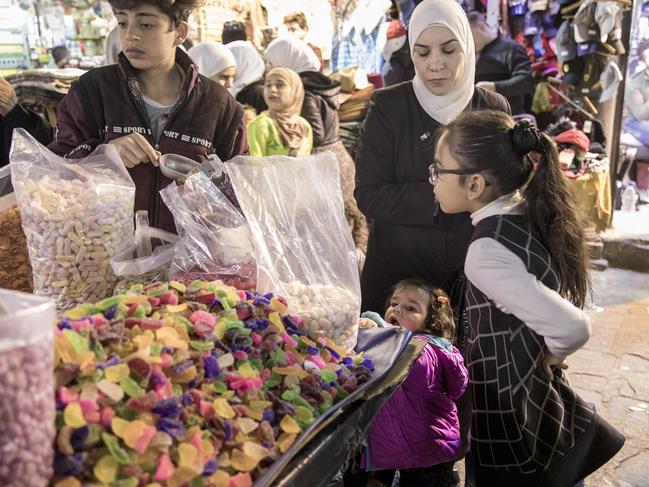
He pointed to the famous old al-Nawfara coffee shop, crammed with young men and women
smoking shisha water pipes and drinking sweet tea, and the people in the street walking in the
shadow of the Grand Mosque.
“All the people come here — from the old men to the families.
“A lot of people come from all over the world.’’
Originally published as Damascus puts out a call for tourists while war continues in Syria’s north


